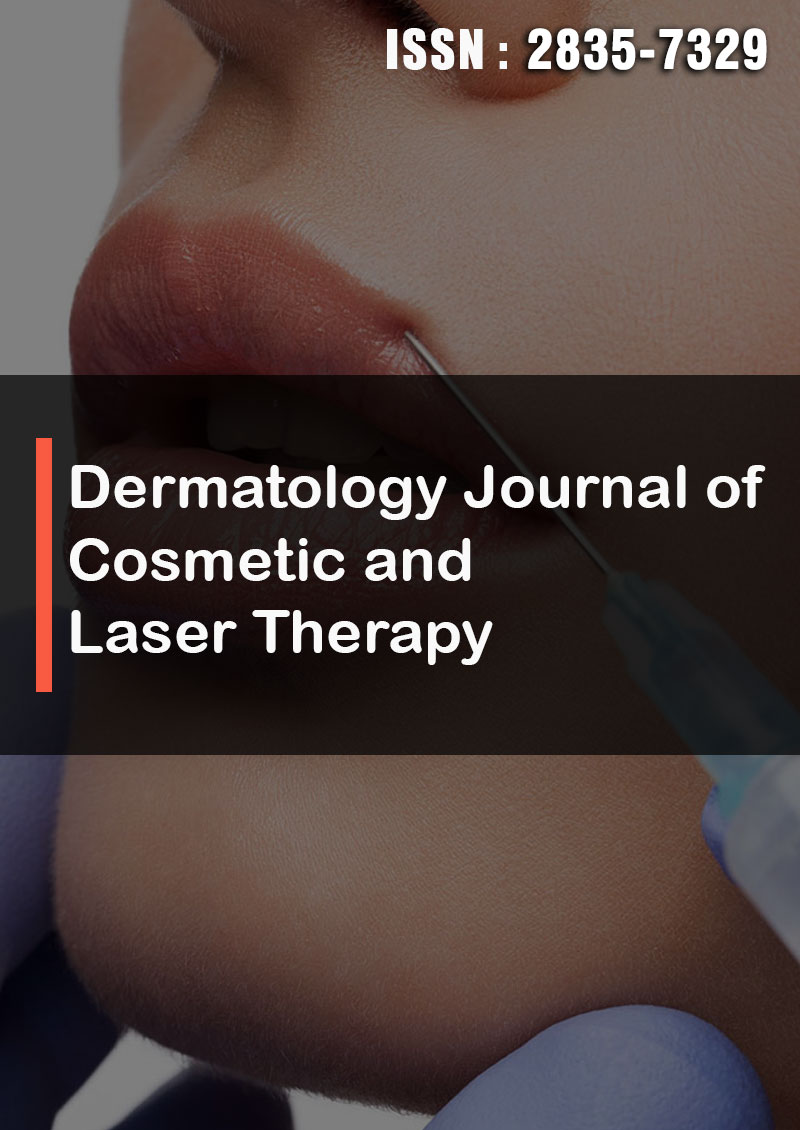Laser Treatment of Breast Reduction Scars: A Patient Reported Outcomes Study
Abstract
Kelsey Lipman, Halley Darrach, Peter Deptula, Dung Nguyen
Background: Scars after reduction mammaplasty are a leading cause of patient dissatisfaction postoperatively. Laser therapy has been reported to treat hypertrophic and keloid scars with benefits of reducing pain, itching, and improving appearance. However, literature reporting on its use in the breast reduction population remains scarce. Methods: Female patients > 18 years of age interested in scar treatment after breast reduction were identified at a single institution. Exclusion criteria included open wounds and patients < 1-month post-op. Study participants were treated with the Aerolase Neo Elite 1064 nm Nd:YAG laser (Aerolase Corp., Tarrytown, NY) for three treatments spaced four weeks apart with three passes per treatment session. To assess patient reported outcome measures, the Breast-Q Reduction module was administered before and at the conclusion of treatment. Clinical assessment of scars was performed at each time point by a plastic surgeon. T testing and multivariate regression analyses were performed when appropriate and a p < 0.05 was considered statistically significant. Results: Sixteen patients with an average age of 49.3 years and BMI 28.5 kg/m2 were included. Patients ranged from Fitzpatrick type II to V. After completion of laser treatment sessions, average Breast-Q scores improved overall (139.3±15.0 versus 144.9±11.9, p<0.001) and individually within each subsection. Patients noted an improvement in scar visibility (3.2±0.7 versus 3.9 ±0.7, p < 0.001). This subjective improvement was supported by improvement in rating of overall scar appearance by the plastic surgeon post-treatment (p<0.001). Notably, number of days from surgery, age, and BMI were not independent predictors of post-treatment Breast-Q scores on multivariate regression analysis. Conclusions: The use of the 1064 nm Nd:YAG laser is both safe and effective for scar treatment after breast reduction. Utilizing this laser technique postoperatively results in higher patient satisfaction and improved scar appearance.




